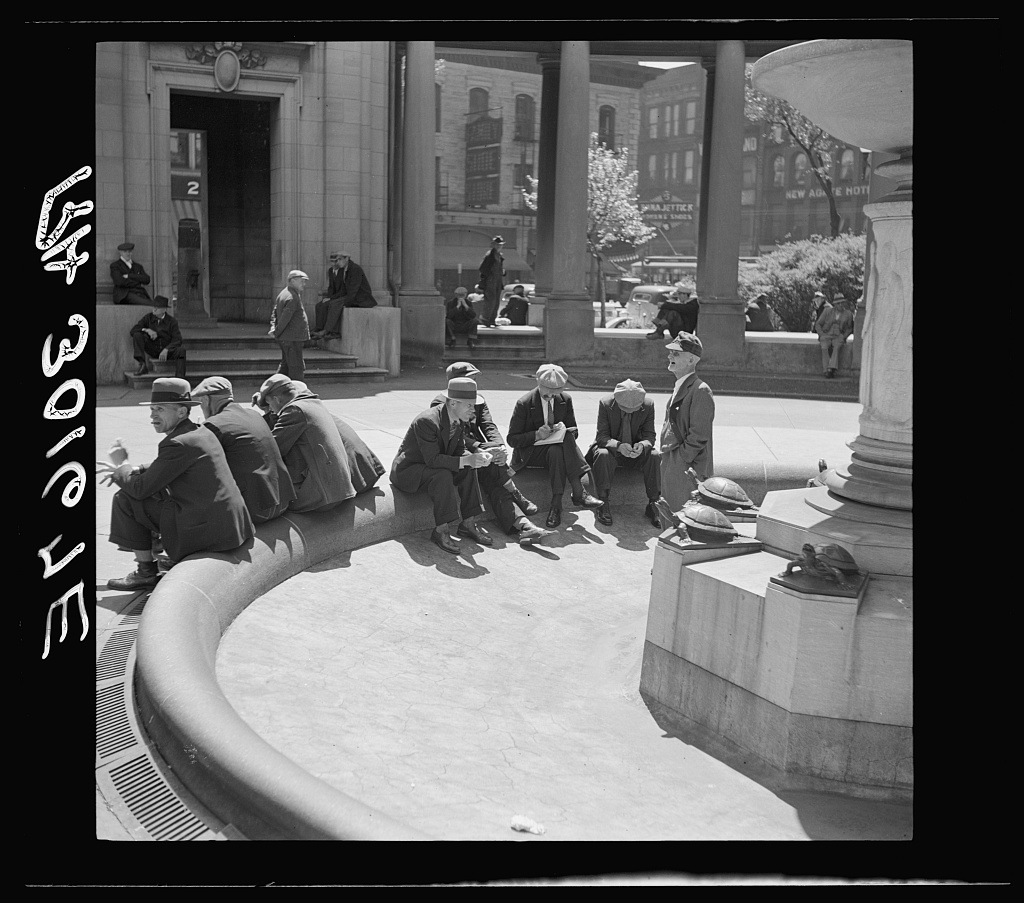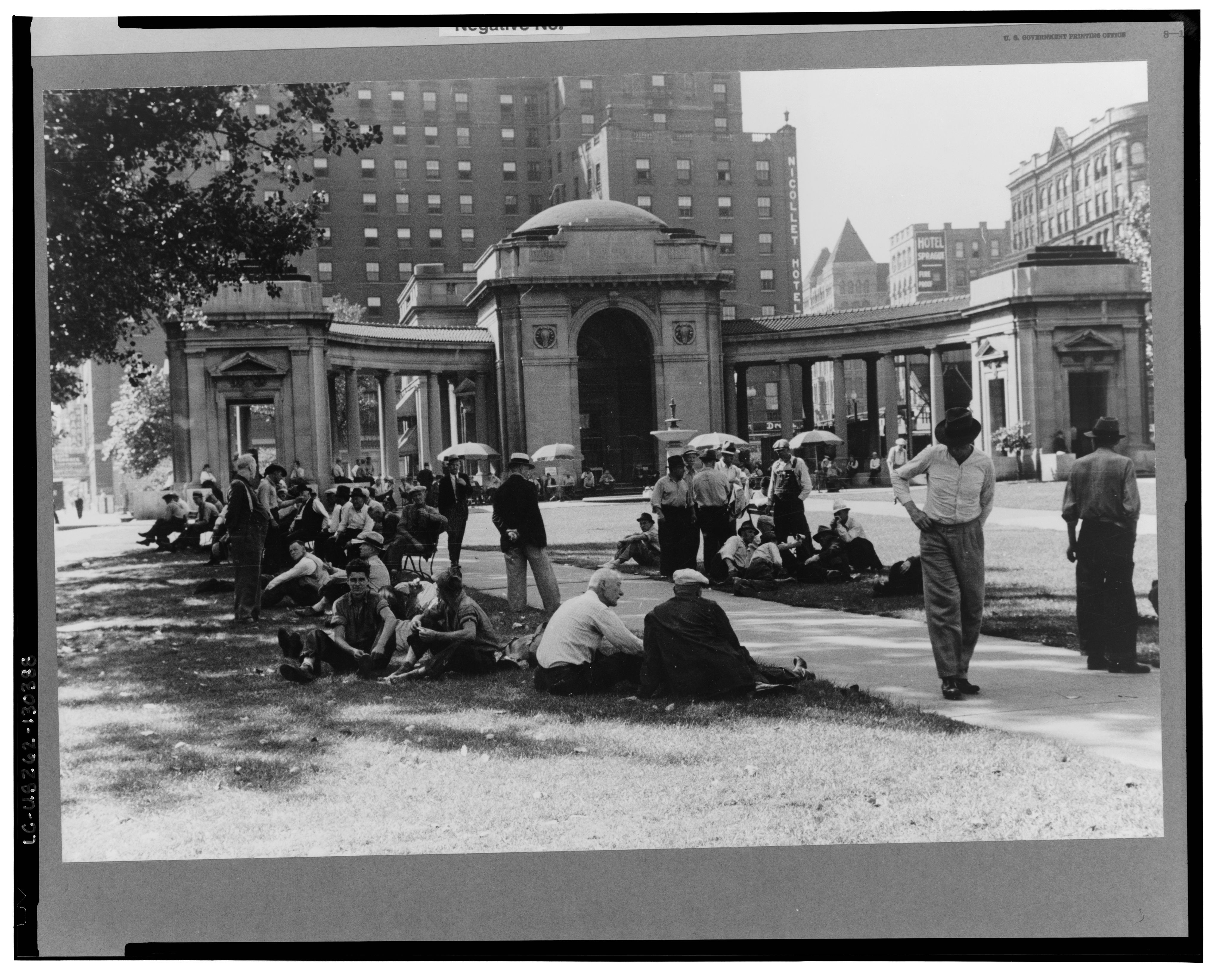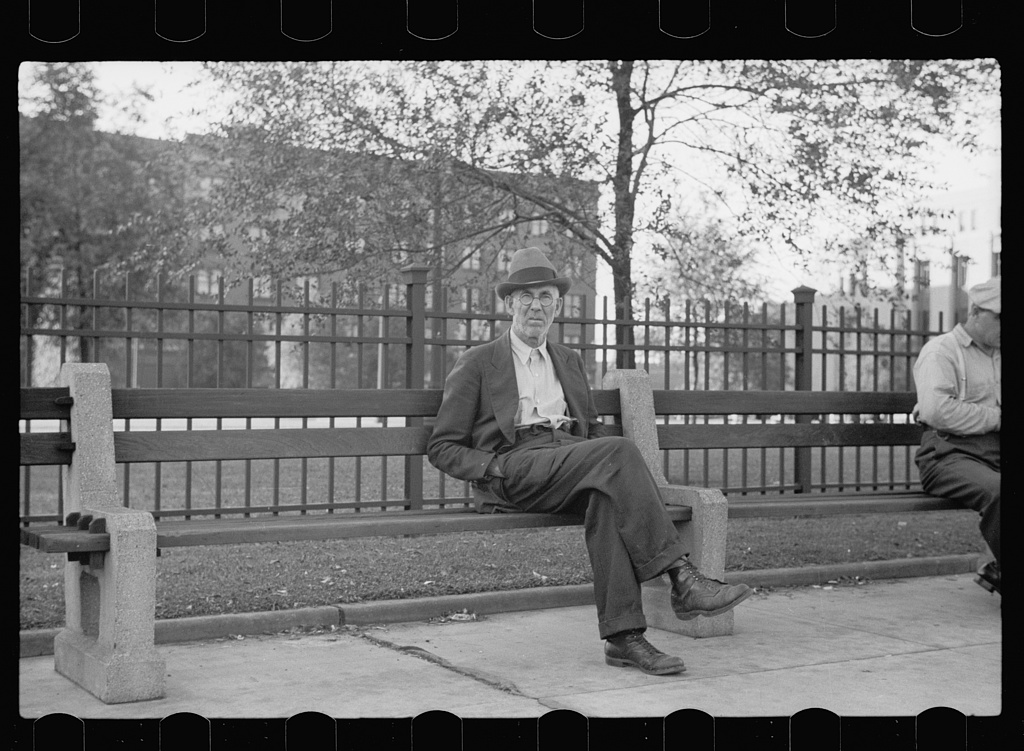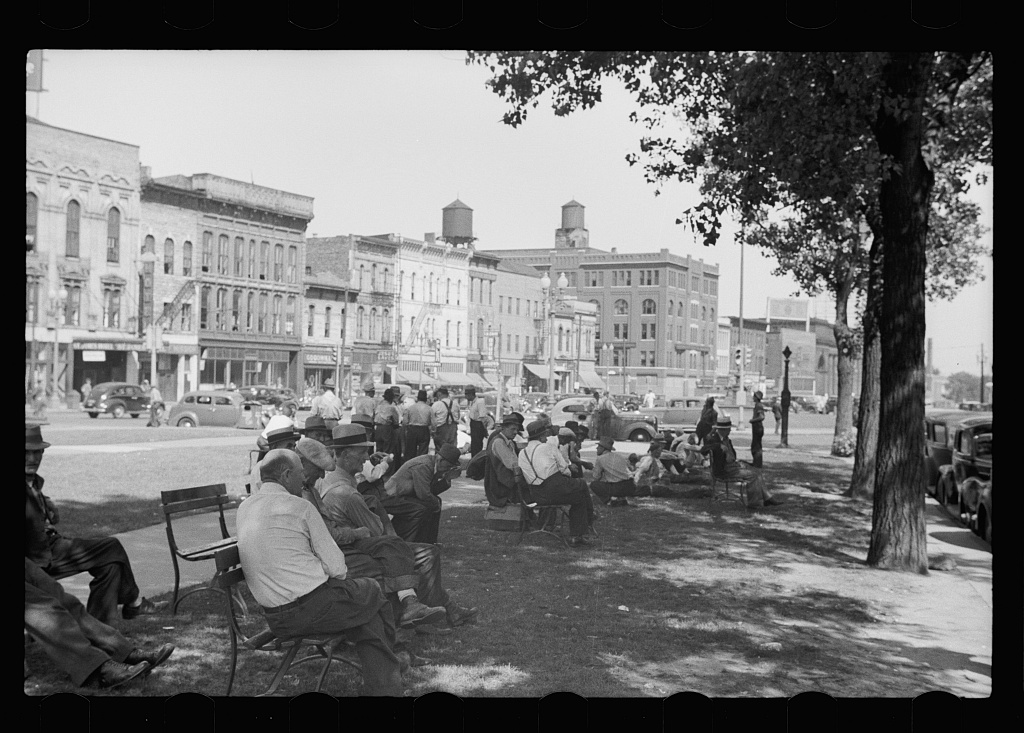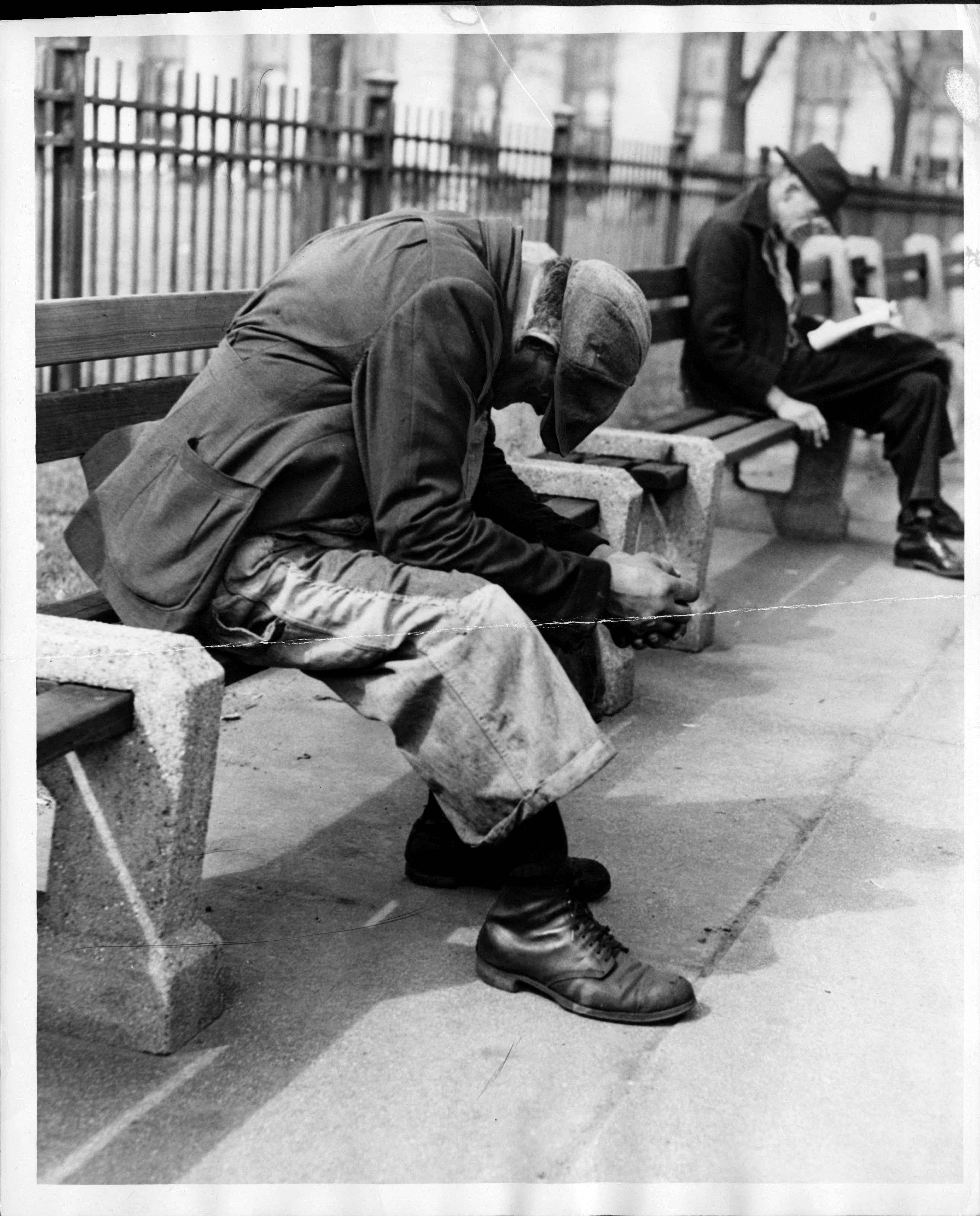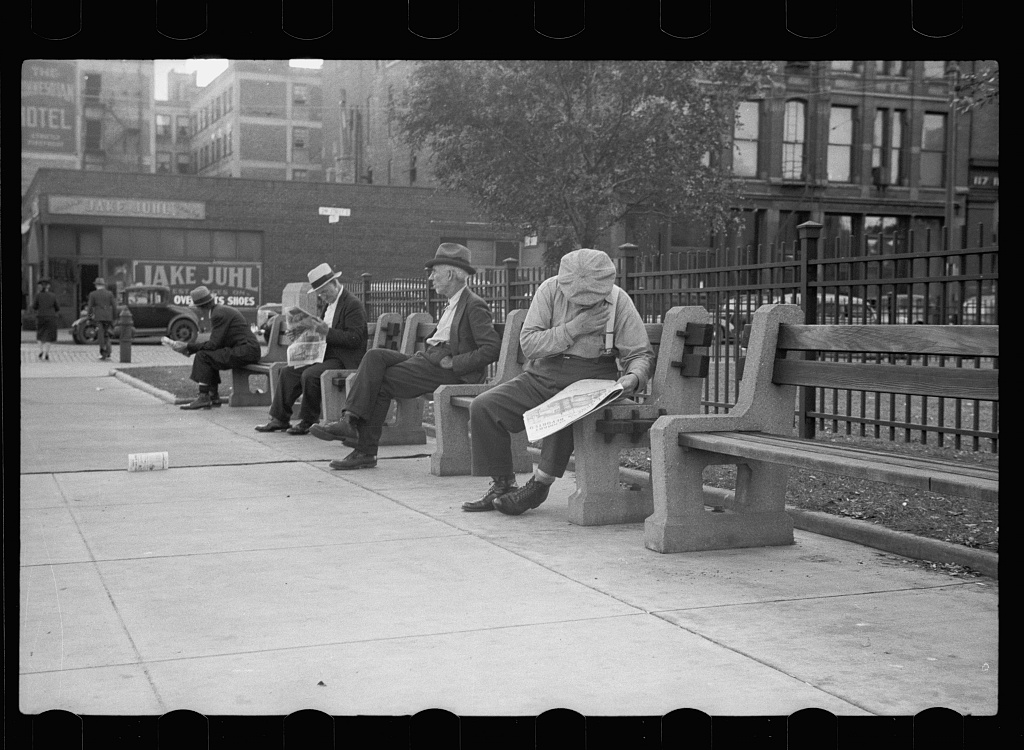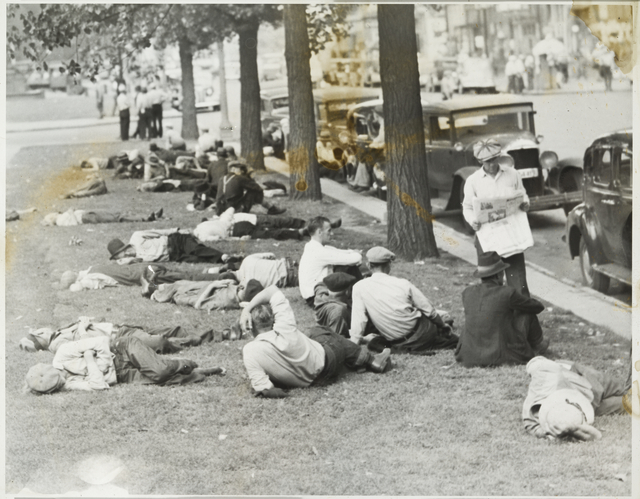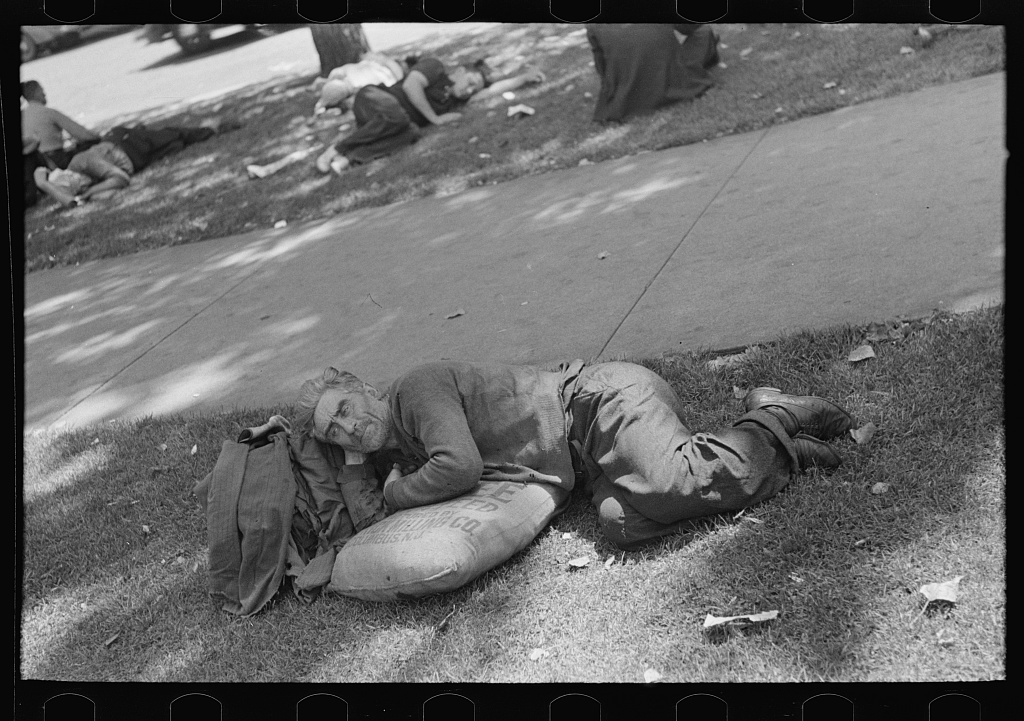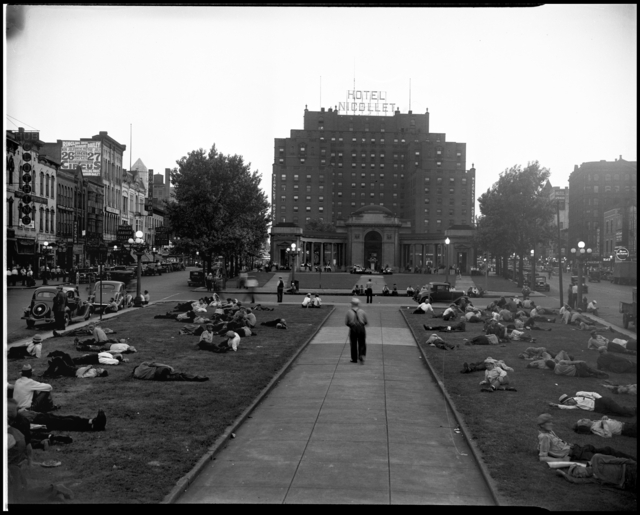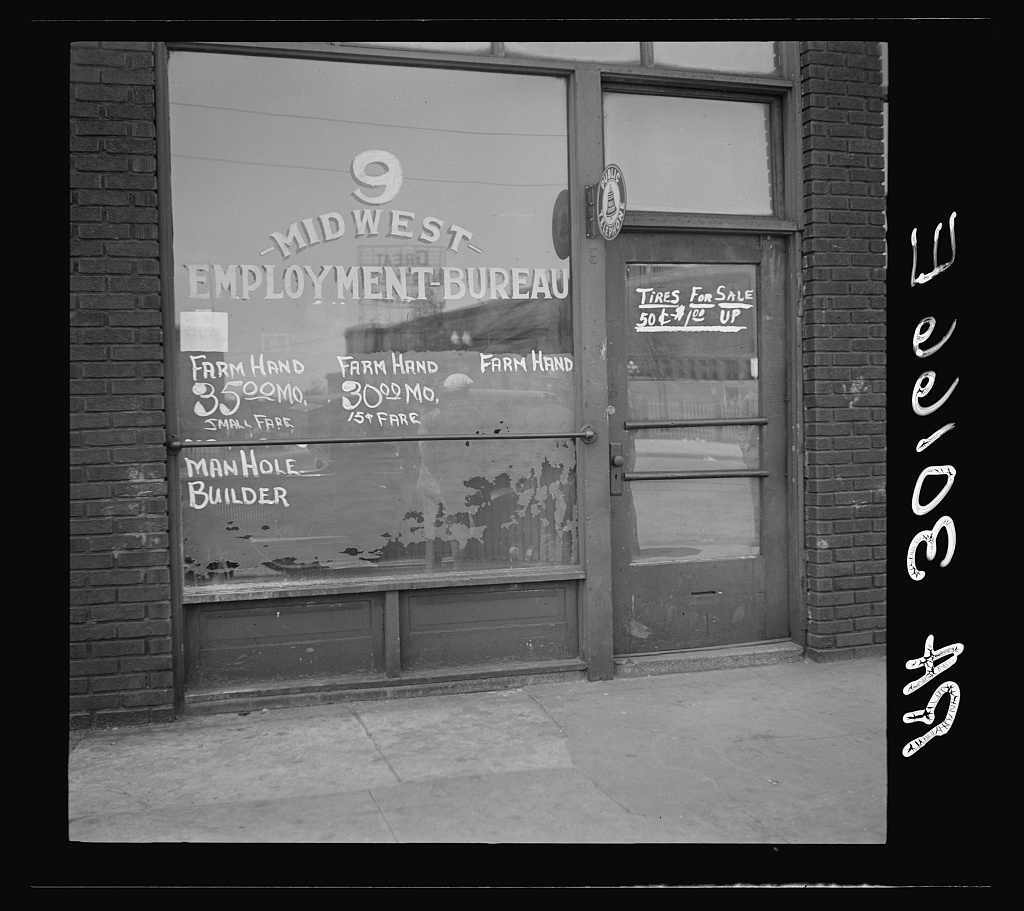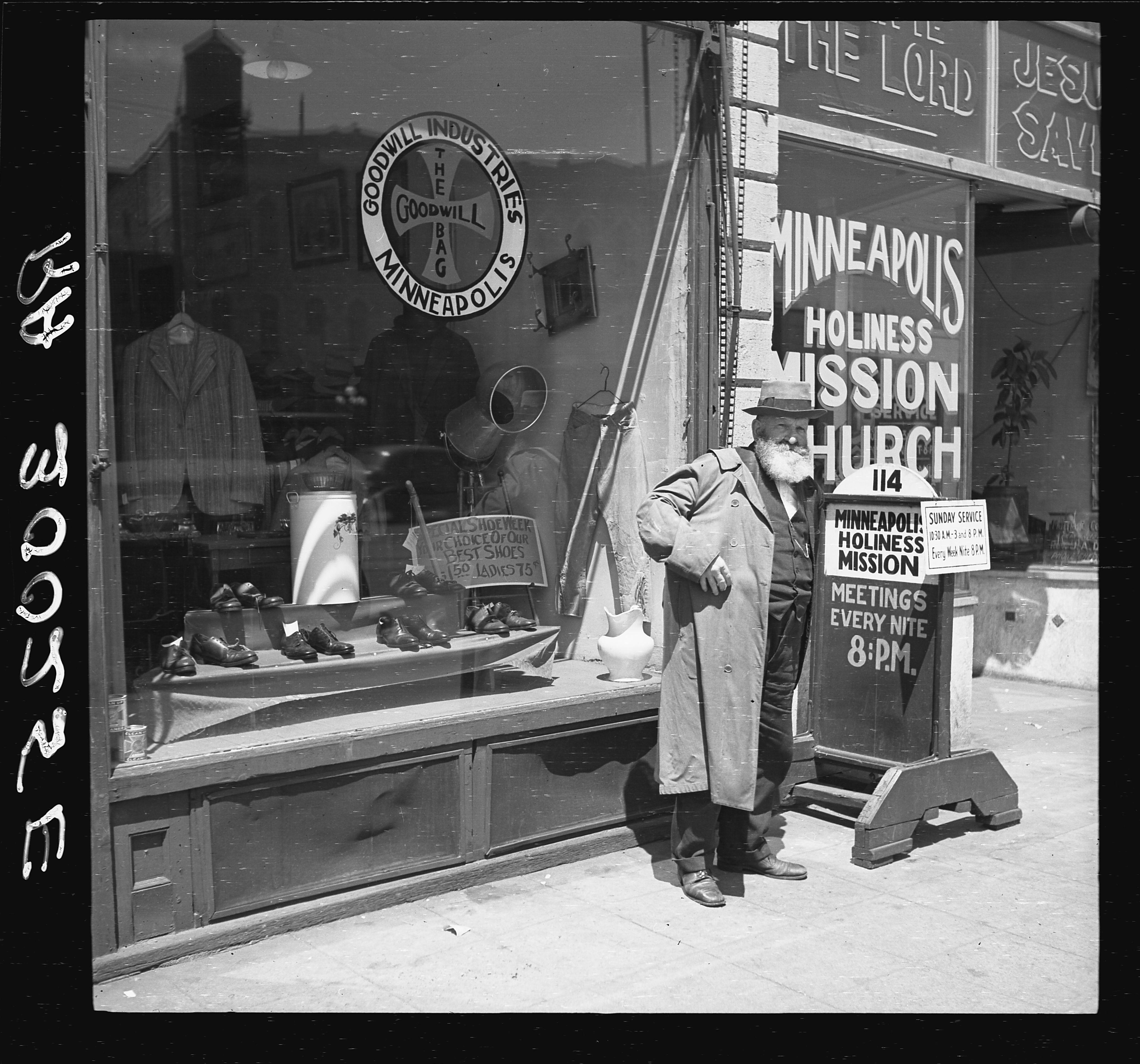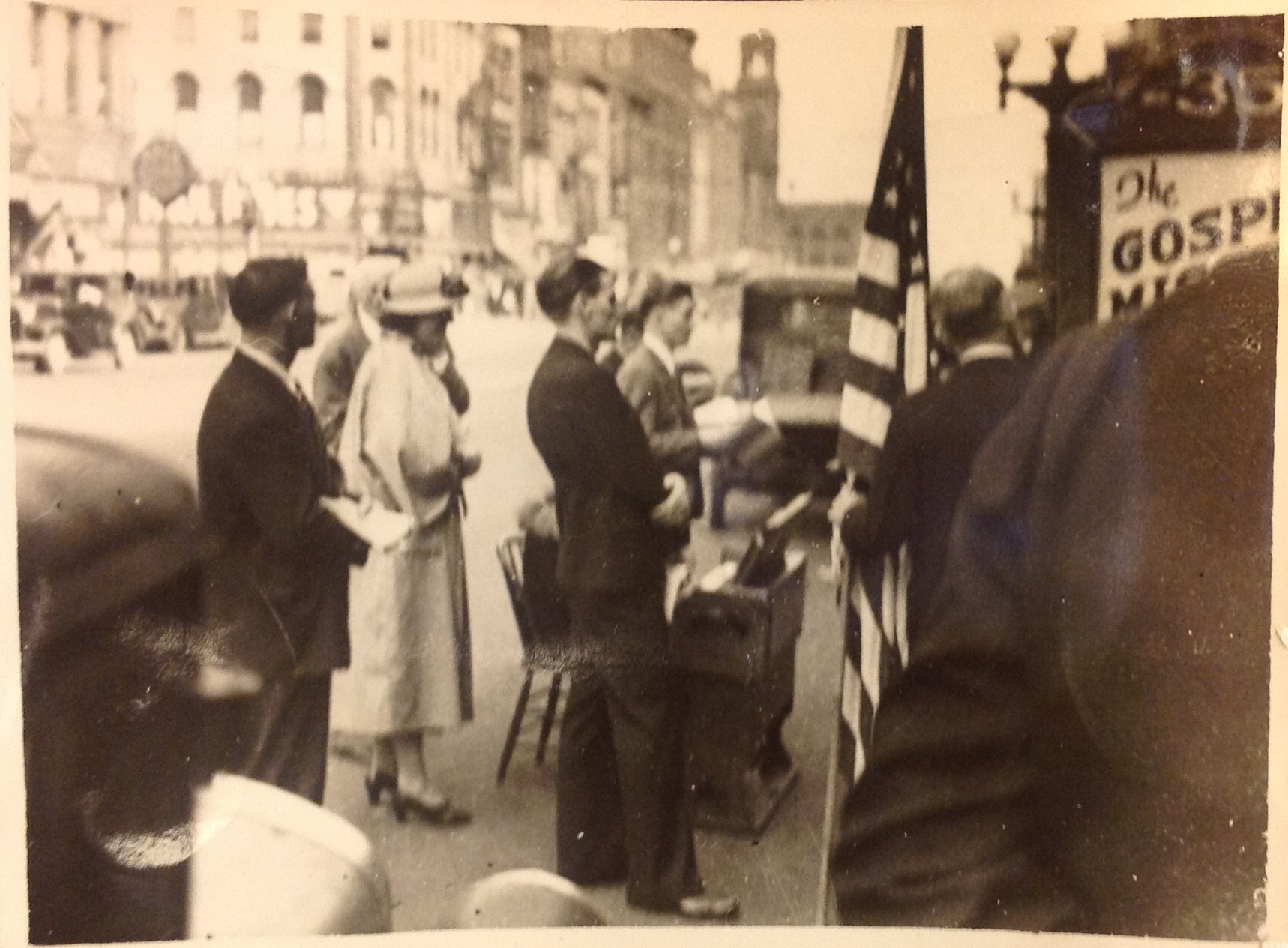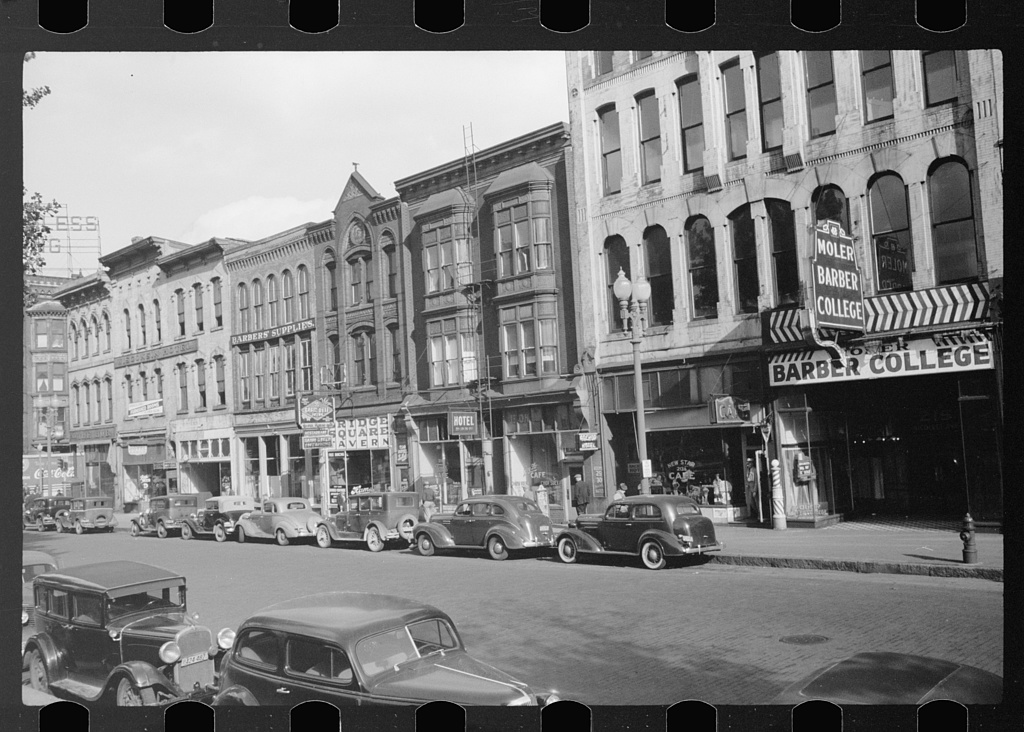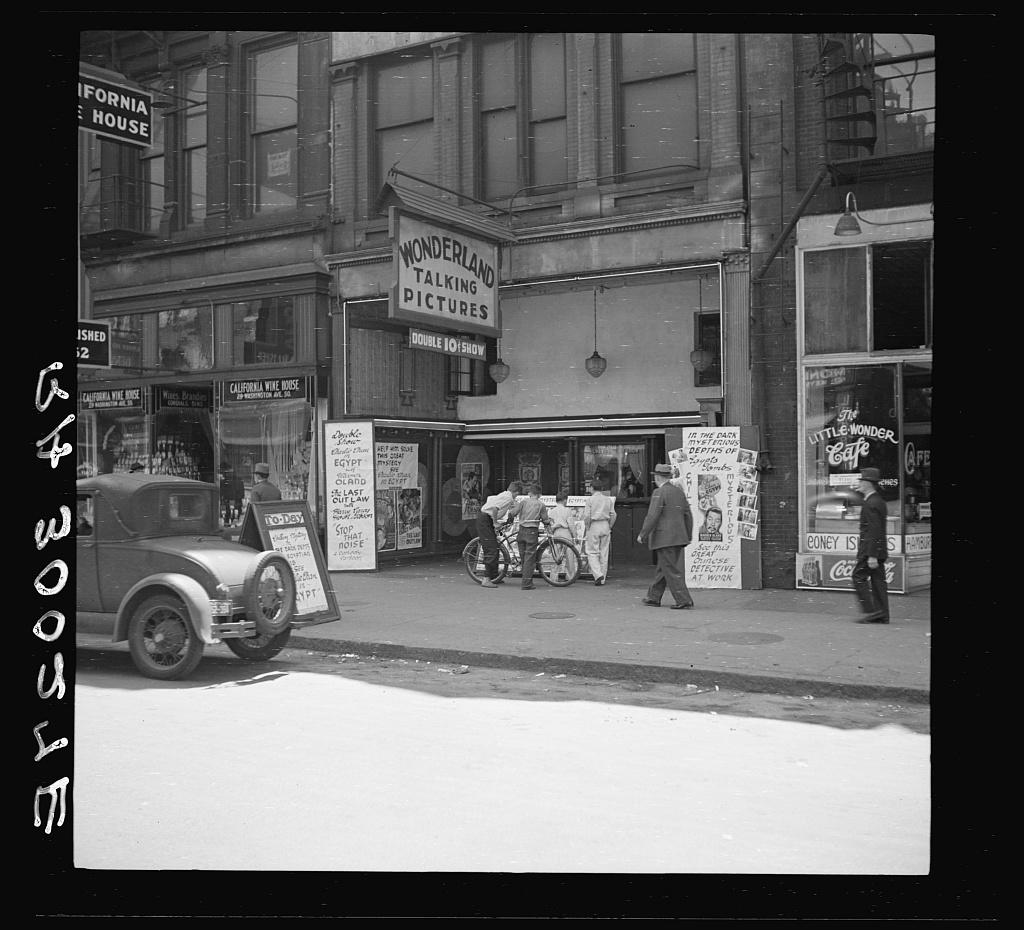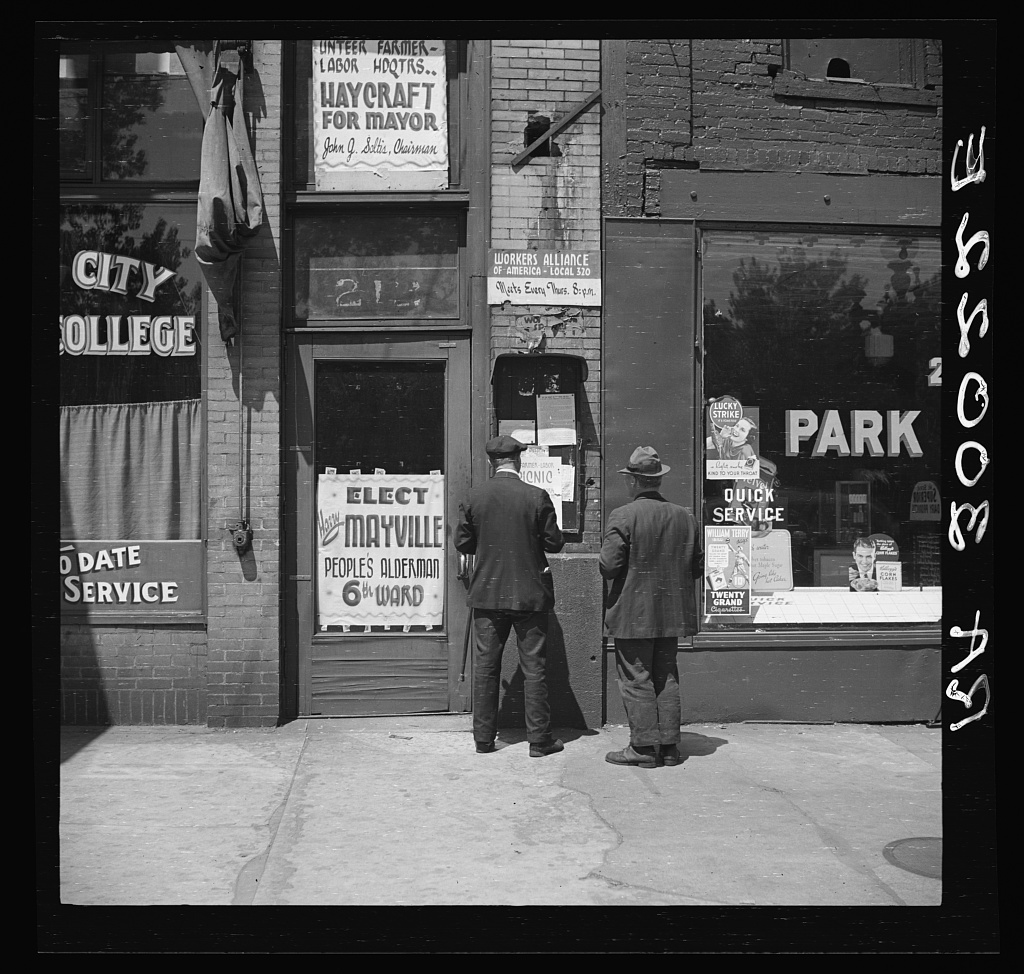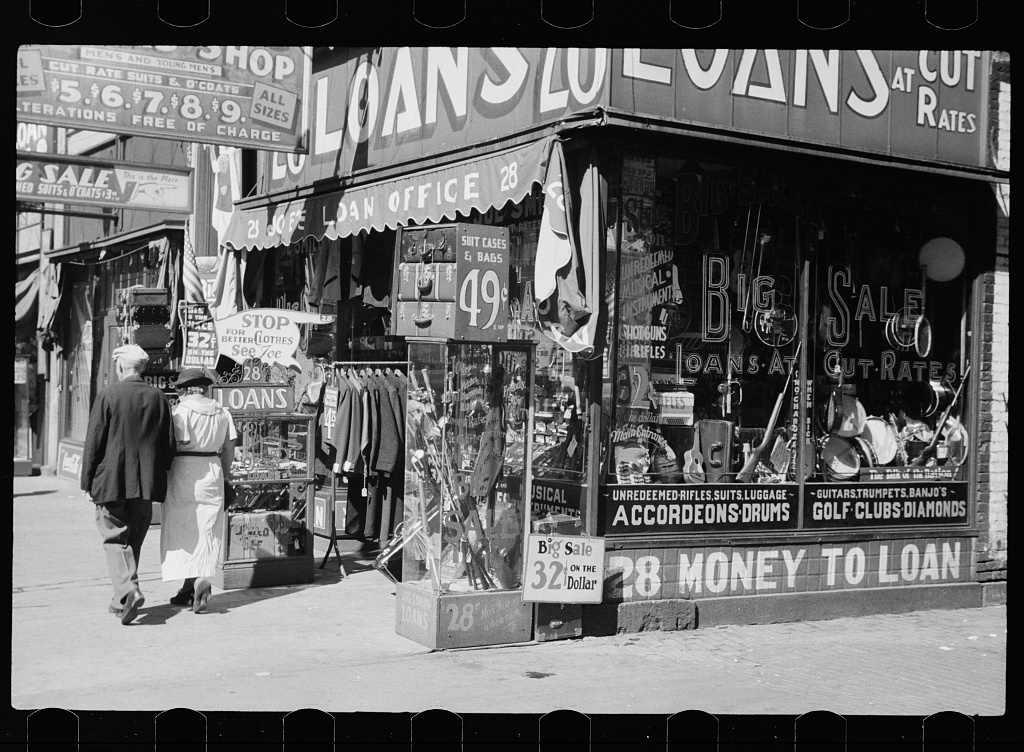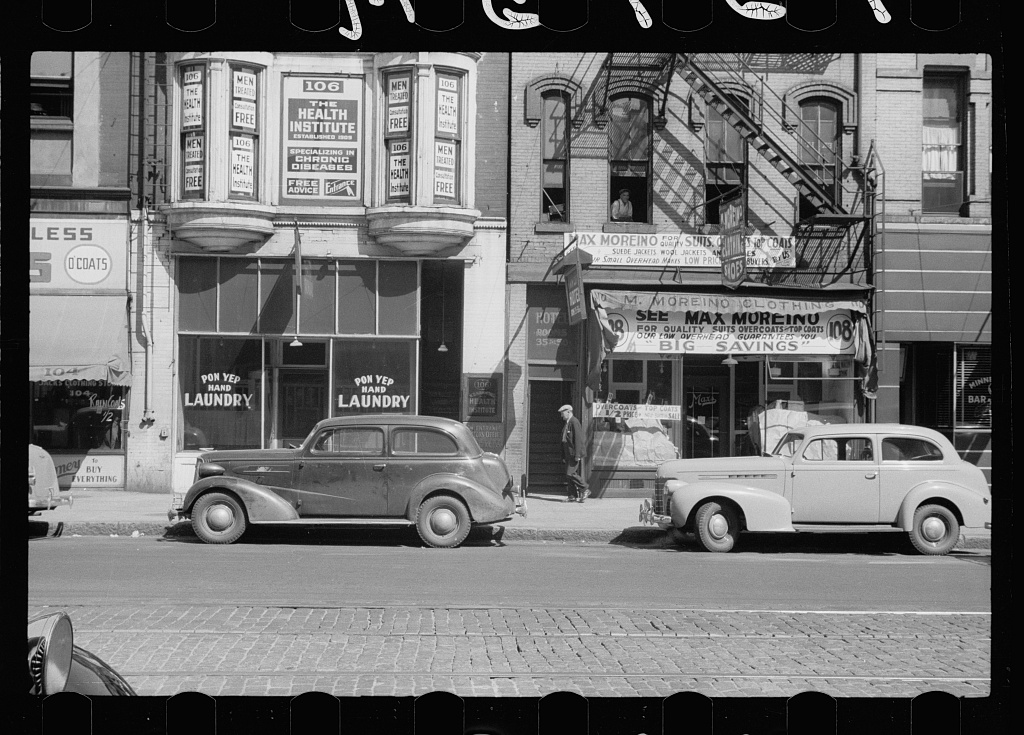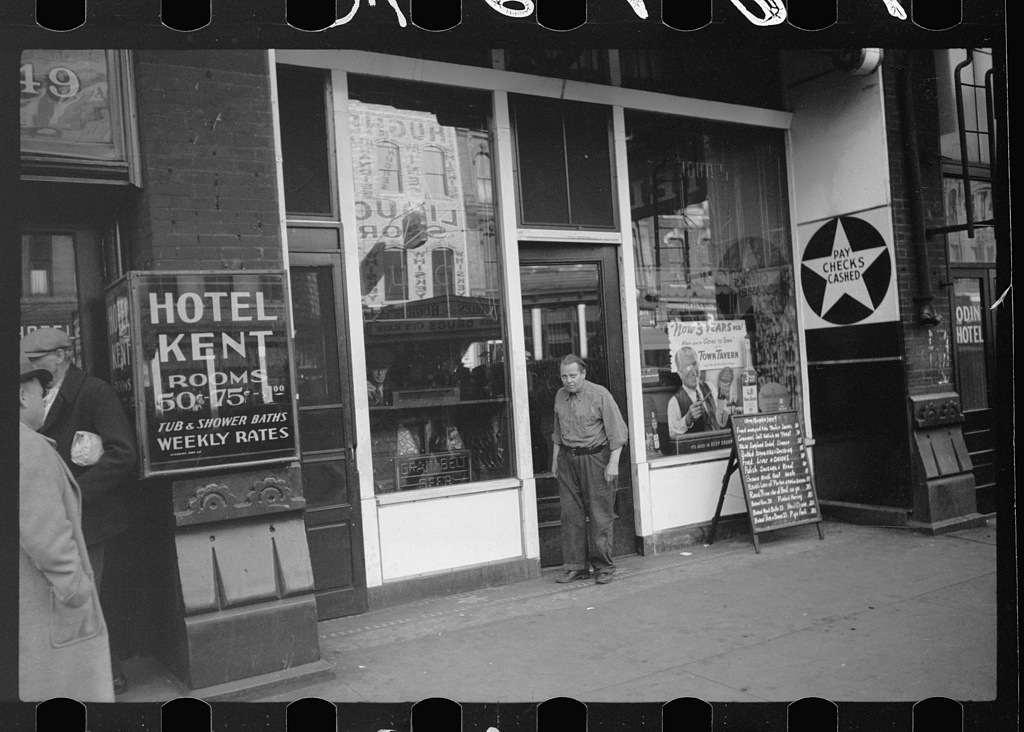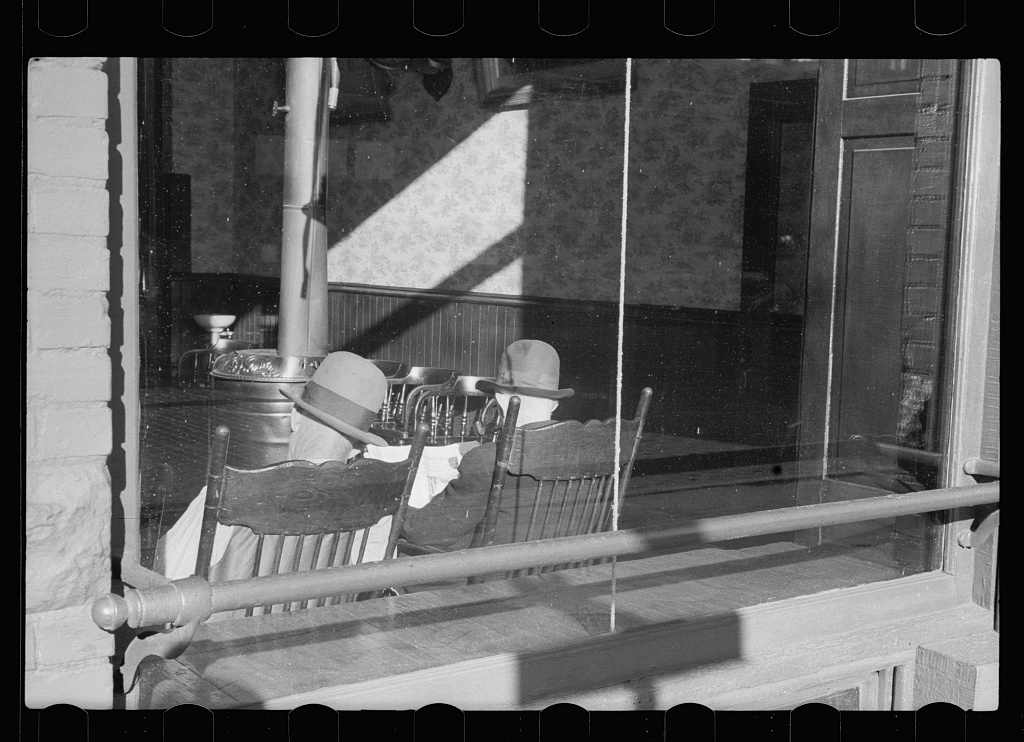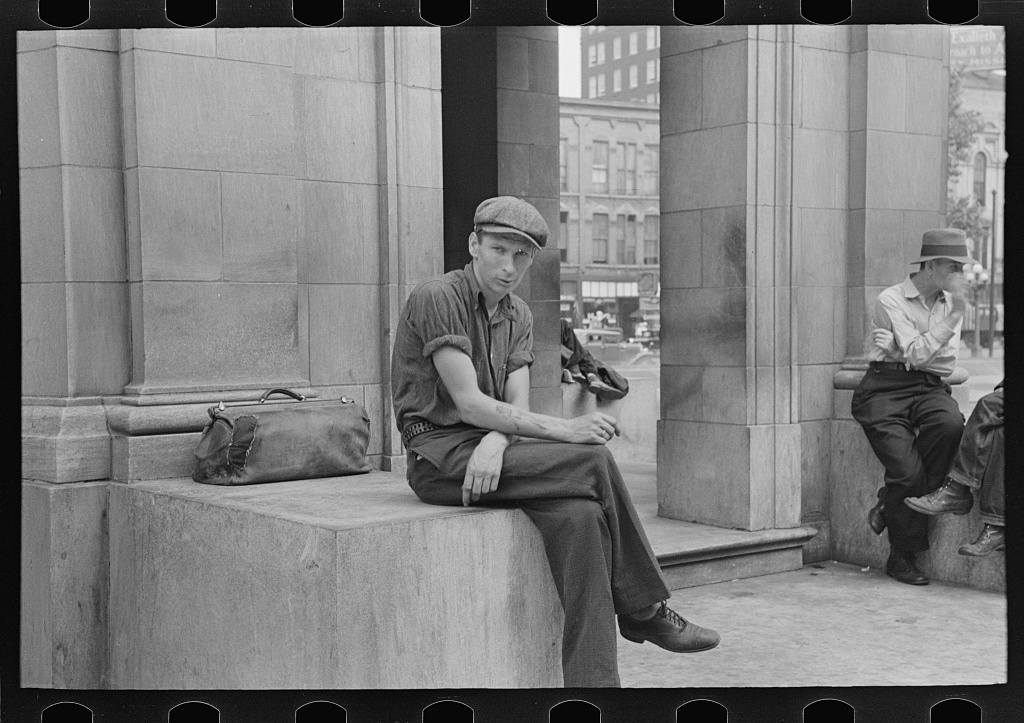
The Minneapolis Gateway District drew the eyes of the nation during the Great Depression.
It started with the 1934 Truckers’ Strike, which pitted the Teamsters’ Union against a seemingly invincible employers’ association. Led by Trotskyites, who employed all kinds of novel organizing tactics, the truckers triumphed. But their victory came only after blood ran in the streets of downtown, where strikers and employers battled hand-to-hand, beating each other with clubs and bricks.
This civil war erupted just a few blocks from the Beaux-Arts pavilion of Gateway Park, which had become a gathering ground for crowds of unemployed men during this economic crisis. Some men tried to sleep their way through the global economic collapse, crashing on benches or snoozing on the grass. Others talked and read the newspaper. Everyone imagined better times. Their days were punctuated by appeals from missionaries and radicals. The missionaries pleaded with Gateway denizens to sin no more. The radicals called on the men to recognize what they regarded as the gospel truth: global capitalism had failed.
One reporter from Fortune magazine who visited the city in early 1936 feared that this message would find its mark. In April of that year he concluded that it was from the Gateway Park that “the revolution” so feared by many Americans “may come.”
The same conditions that attracted radicals and missionaries also proved magnetic for a crew of talented photographers, who saw this area of concentrated despair as rich with documentary possibility. Russell Lee visited the city in 1937. His colleague John Vachon followed two years later. Both men were working for the Historical Section of the Farm Security Administration, part of what one historian has called the “alphabet soup” of Works Progress Administration agencies created by Franklin Roosevelt and his New Deal team.
The images created by Lee and Vachon are transporting. They document the lost world of the early twentieth century Skid Row. And they provide an unparalleled view of Minneapolis at a moment of profound crisis.
Photographers in the FSA were employed to support the research of the Resettlement Administration, which brought together economists, sociologists, statisticians and agronomists to address the problems of the rural poor. This team–which included well-known photographers Walker Evans and Dorothea Lange–illuminated the poverty of Americans whose geographic isolation hid them from public view. Lange’s iconic photograph, “Migrant Mother” came out of this effort.
There are few cities documented by the FSA in this period. Lee and Vachon may have chosen Minneapolis for its connection to the agricultural economy, the central concern of the FSA project. Many of the men they photographed in Minneapolis had drifted into the city after failing to find work in the agricultural economy. Vachon was also raised in St. Paul.
The Vachon and Lee photographs are housed in the FSA-OWI collection in the Prints and Photographs Division at the Library of Congress. This gallery also includes some images from the same period that are from the collection of the Minnesota Historical Society and Special Collections Department of the Hennepin County Library.
